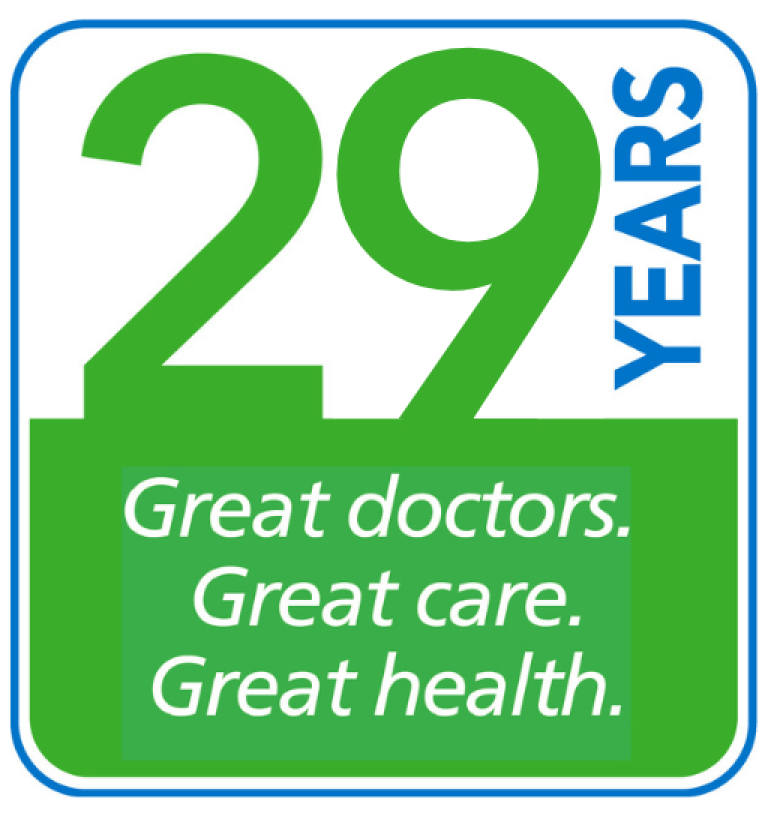By: TRANG M. PHAM, M.D.
Headaches are our most common form of pain and a major reason for trips to the doctor. While most headaches are just a temporary nuisance, sometimes they can warn you about a serious health problem that needs immediate attention.
Causes of headaches
Headaches happen when nerve endings in your body react to triggers and send pain messages to your brain. Chemical activity in your brain, the nerves or blood vessels surrounding your skull, or the muscles of your head and neck can play a role in headaches.
A primary headache is caused by problems with pain-sensitive nerves in your head and is not a symptom of another medical problem. Primary headaches can be triggered by lifestyle factors, such as stress, alcohol (especially red wine), certain foods (such as processed meats with nitrates), poor sleep and poor posture.
A secondary headache is related to medical conditions that trigger pain-sensitive areas in the neck and head, including a neck injury, eye problems, and infections in your jaw, teeth, or sinuses. More serious causes of secondary headaches can be brain tumors, aneurysms, and meningitis.
Types of headaches
There are many types of headaches, but three of the most common are tension, cluster, and migraines.
Tension headaches are the most common kind and are often brought on by stress and tight muscles. Symptoms include:
- Gradual start
- Head usually hurts on both sides
- Pain is dull or feels like a band or vice around the head
- Pain may involve the back part of the head or neck
- Pain is mild to moderate
- Typically, does not cause nausea, vomiting or sensitivity to light
Cluster headaches usually occur in a series that may last weeks or months. They are more common in men than women and may be caused by alcohol use, smoking cigarettes, bright light, exercise/exertion, hot weather or water, and foods with nitrates, such as bacon or lunch meat. Symptoms of cluster headaches include:
- Severe pain on one side of the head, usually behind one eye
- The eye that is affected may be red and watery with a droopy lid and small pupil
- Swelling of the eyelid
- Runny nose or congestion
- Swelling of the forehead
Migraines mostly affect women. The average migraine lasts from four hours to three days, but severe attacks can last longer, badly impacting your work, family, and social life. In addition to headache pain, migraines can include:
- Nausea and vomiting
- Lightheadedness
- Sensitivity to light and other visual symptoms, such as flashing spots, wavy lines, and blurred vision
Treatment depends on the headache
Effective treatment depends on what type of headache you have. It may include:
- Avoiding known triggers, such as certain foods and beverages
- Stress management
- Changing eating habits
- Exercise
- Resting in a quiet, dark place
- Over-the-counter medications or prescriptions from your healthcare provider
Migraine and cluster headaches may need specific medicine management:
- Preventive medicines: Prescribed by your healthcare provider and taken daily to reduce the onset of headaches.
- Abortive medicine: Prescribed by your healthcare provider and acting on specific nerves and blood vessels in the head to stop a headache in progress.
- Rescue medicines: Over-the-counter pain relievers to stop the headache.
When you should call your doctor
Most headaches can be treated with over-the-counter medicine and will go away on their own. But there are times when they can be a symptom of serious medical conditions, such as a blood clot, aneurysm or tumor in the brain, concussion, encephalitis, meningitis, or stroke. Call your healthcare provider immediately if you experience a sudden, severe headache with:
- Fever
- Nausea
- Vomiting
- Convulsions
- Shortness of breath
- Confusion
- Muscular weakness
- Double vision
- Change in level of consciousness
If headaches are an unpleasant part of your life, contact your MPCP healthcare provider to discuss what can be done to help you feel better.
 Dr. Pham is a MPCP partner and cares for patients in the Pasadena office. She holds her medical degree from Jefferson Medical College and is certified by the American Board of Family Medicine.
Dr. Pham is a MPCP partner and cares for patients in the Pasadena office. She holds her medical degree from Jefferson Medical College and is certified by the American Board of Family Medicine.





